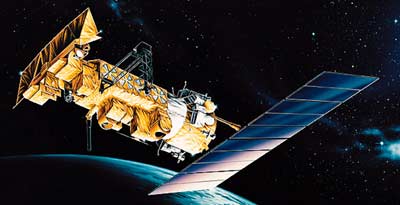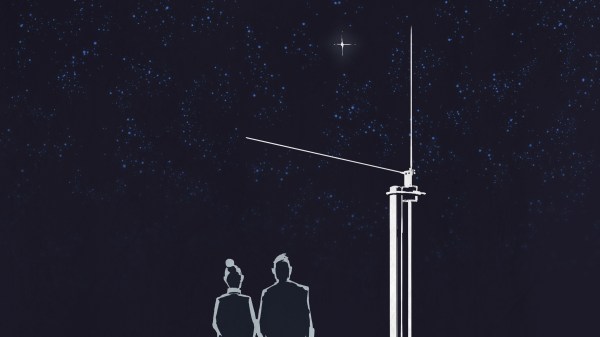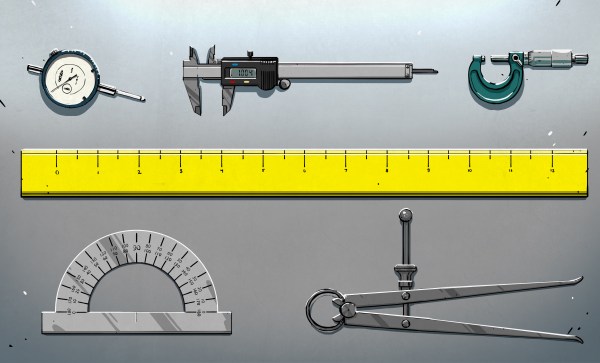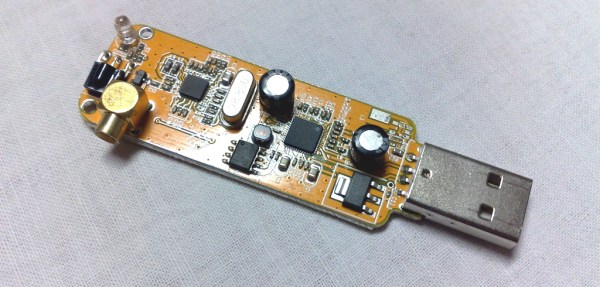Since October 1978, the National Oceanic and Atmospheric Administration (NOAA) has operated its fleet of Polar-orbiting Operational Environmental Satellites (POES) — the data from which has been used for a wide array of environmental monitoring applications, from weather forecasting to the detection of forest fires and volcanic eruptions. But technology marches on, and considering that even the youngest member of the fleet has been in orbit for 16 years, NOAA has decided to retire the remaining operational POES satellites on June 16th.

Under normal circumstances, the retirement of weather satellites wouldn’t have a great impact on our community. But in this case, the satellites in question utilize the Automatic Picture Transmission (APT), Low-Rate Picture Transmission (LRPT), and High Resolution Picture Transmission (HRPT) protocols, all of which can be received by affordable software defined radios (SDRs) such as the RTL-SDR and easily decoded using free and open source software.
As such, many a radio hobbyist has pointed their DIY antennas at these particular satellites and pulled down stunning pictures of the Earth. It’s the kind of thing that’s impressive enough to get new folks interested in experimenting with radio, and losing it would be a big blow to the hobby.
Luckily, it’s not all bad news. While one of the NOAA satellites slated for retirement is already down for good, at least two remaining birds should be broadcasting publicly accessible imagery for the foreseeable future.
Continue reading “End Of An Era: NOAA’s Polar Sats Wind Down Operations”



















